For the Love of Cephalopods at Atlantis Dive Resorts
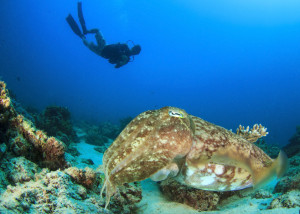 If you’re hunting for the ocean’s most intelligent invertebrates, both of the Atlantis Dive Resort locations in the Philippines offer you a higher than average chance of being hugely successful — even with some of the rarest species.
If you’re hunting for the ocean’s most intelligent invertebrates, both of the Atlantis Dive Resort locations in the Philippines offer you a higher than average chance of being hugely successful — even with some of the rarest species.
The post For the Love of Cephalopods at Atlantis Dive Resorts appeared first on Scuba Diver Life.
For the Love of Cephalopods at Atlantis Dive Resorts Read More »
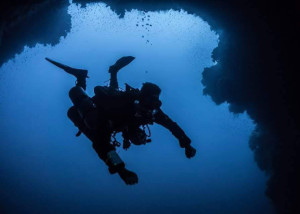 The Blue Hole, in Dahab, Egypt is one of the most famous of its kind. The site’s famous arch, starting at around 180 feet (55 m), is well out of the range for recreational diving, but it’s accessible to those who take their training a step further.
The Blue Hole, in Dahab, Egypt is one of the most famous of its kind. The site’s famous arch, starting at around 180 feet (55 m), is well out of the range for recreational diving, but it’s accessible to those who take their training a step further. 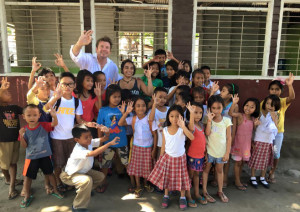 You may choose to stay at Atmosphere because of the top-end service, luxurious accommodations, delicious food and fantastic diving, but Atmosphere is so much more than that. If you like to spend your money at places that give back to the community, then read on to find out more about the Atmosphere of Giving.
You may choose to stay at Atmosphere because of the top-end service, luxurious accommodations, delicious food and fantastic diving, but Atmosphere is so much more than that. If you like to spend your money at places that give back to the community, then read on to find out more about the Atmosphere of Giving.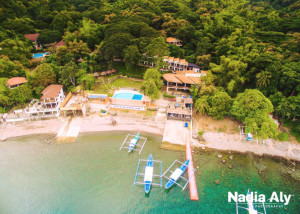 This area has a lot to offer divers of all sorts — keep it shallow or head deep, stay on the reefs or muck it up.
This area has a lot to offer divers of all sorts — keep it shallow or head deep, stay on the reefs or muck it up.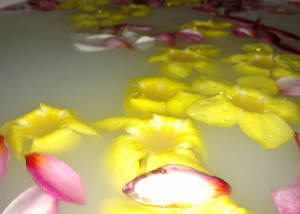 Begun with the goal to provide the best of everything in one place, Atmosphere Resorts in Dauin offers unequivocal luxury, but with a healthy dose of conscience.
Begun with the goal to provide the best of everything in one place, Atmosphere Resorts in Dauin offers unequivocal luxury, but with a healthy dose of conscience.